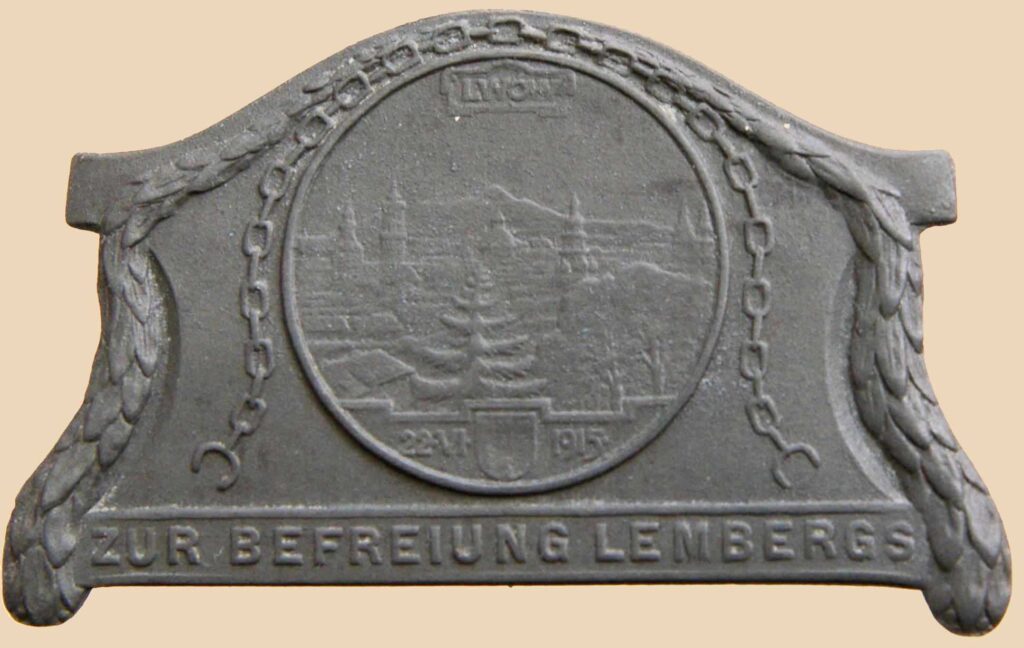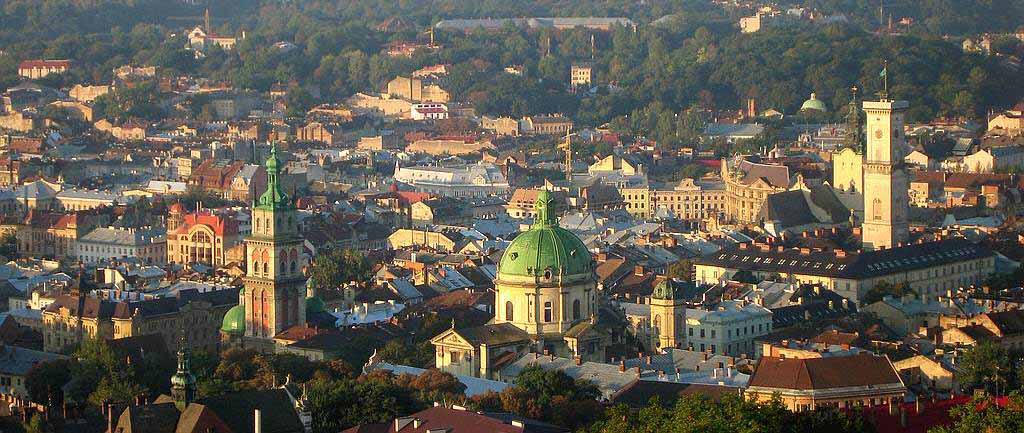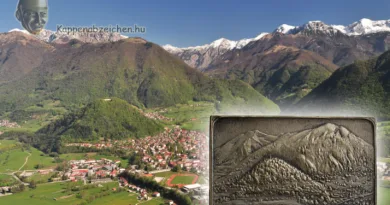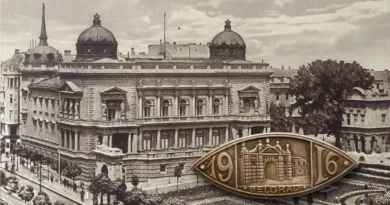Lemberg 3.
This is not the first time Lemberg has been mentioned on this site. It is no coincidence then it was the number one logistics center on the most important battlefield. It is also, of course, the multiethnic capital of the province of Galicia, with a rich historical past.
The badge itself is a Brüder Schneider product, made of the characteristic gray metal material, also with a typical needle on the back and the manufacturer’s mark. It was made on the occasion of the liberation of Lemberg, as indicated by the inscription and the date on the badge, June 22, 1915.

The third Lemberg badge was decorated with a view of the city. There are a lot of towers on it. It was not easy to find the approximate direction from which the image could be taken, but it worked. This was important so I could identify the towers because I had never seen them in person. The contemporary postcard shows exactly the same view, according to the map, from the south. Unfortunately, I couldn’t find today’s photo from the same angle.

The tower on the left side of the badge belongs to the Latin Cathedral. 14th century Gothic cathedral, built under the rule of III. Casimir of Poland. It was consecrated in 1405. Today, there are only two Roman Catholic churches in the city, this is the larger one. Next to the cathedral, to the right the tower of the Town Hall is seen, which I have already written about in connection with another badge.
The dome in the middle of the picture is the dome of the Monastery of the Dominican Order. The first church was built in the 15th century and got its present Baroque form in 1745. It is also special, because in Soviet times a museum of atheism was established here, where ecclesiastical treasures were piled up for public inspection. The collection still exists today and can be viewed in the basement of the church. Today an Orthodox denomination operates in the church. The Basilica of St. George is one of the urban symbols of Lemberg.
Fourth is the Korniakt Tower. The Dormition church was built in Italian Renaissance style between 1591 and 1631 for one of the orthodox monastic orders (accommodation brothers) founded in the city. I was unable to identify the fifth, double-towered church. There are new buildings in that part of the city today. Presumably it has been demolished before.

In the background is a monument to the Union of Lublin at the top of the hill. As a result of the Union of Lublin in 1569, the Polish-Lithuanian State Union was formed. The attached photo shows the towers in reverse order from the opposite direction, looking down from the hill.




